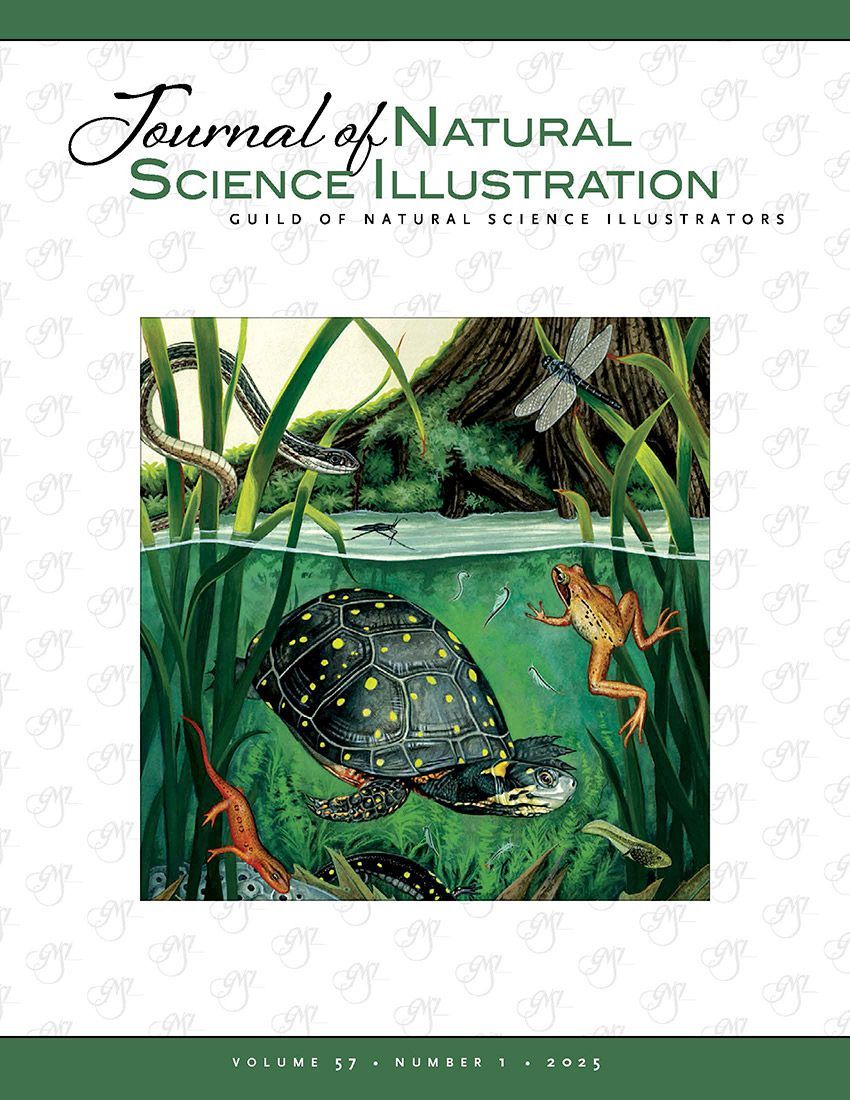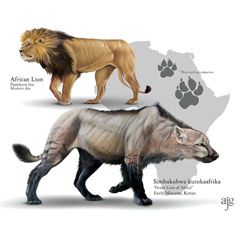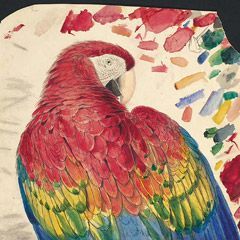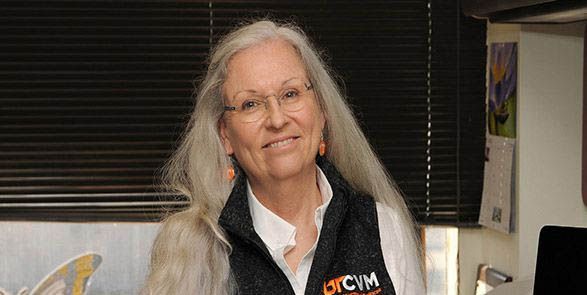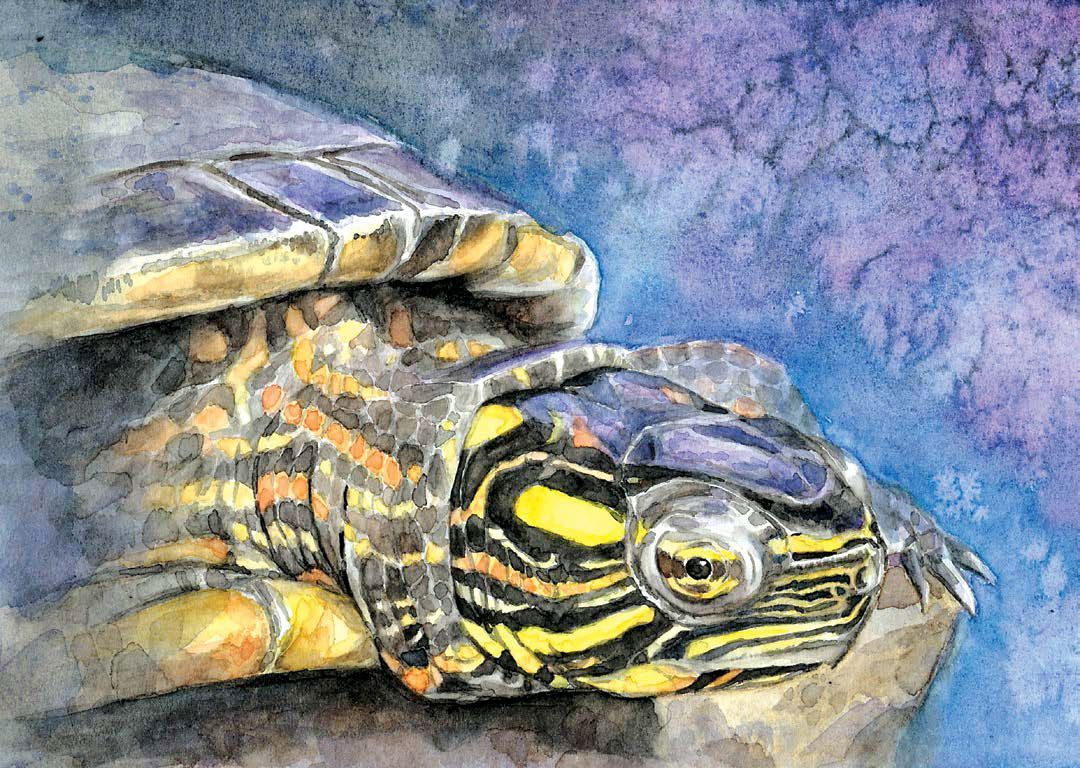Journal of Natural Science Illustration Vol. 53 No. 3 : Abstracts
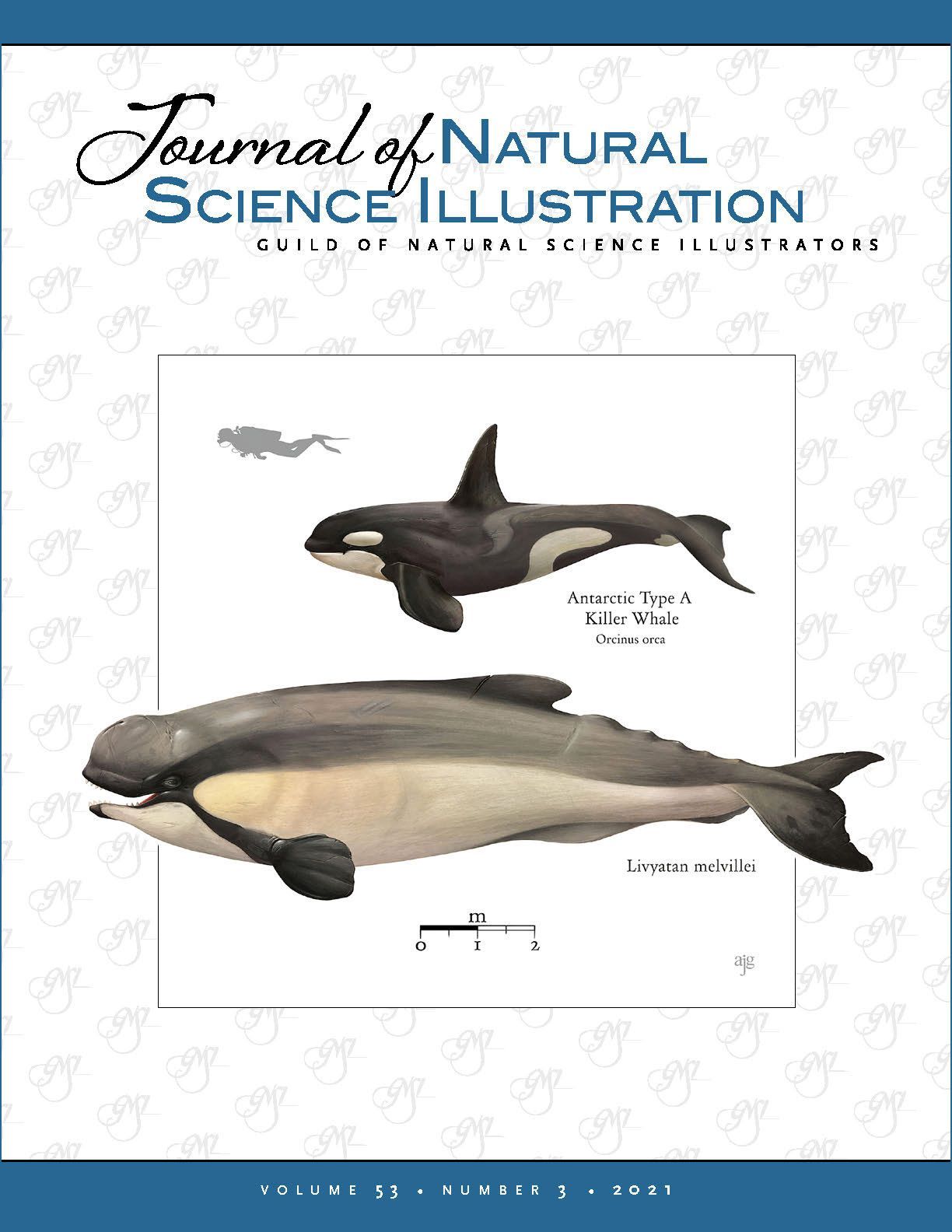
This issue of JNSI showcases a diversity of visual communication methods, ranging from abstract to cartoon to realistic. Jane Zen experiments with flowing alcohol inks to render cellular immune responses to antibiotics and antimicrobial peptides. A. James Gustafson’s reconstructions of almost mythological, prehistoric mammals offer nuggets of wisdom for aspiring paleoartists. Melissa Clarkson describes her work creating reusable, codifiable vector image libraries. A book review, written by C. Olivia Carlisle, reminds us of the dichotomy of Edward Lear’s work—humorous cartoon sketches and limericks appear alongside elegant, detailed illustrations of birds and mammals.
Log in to your member account to view the Journal: JNSI 2021, Vol. 53, No. 3
Not yet a subscriber? To view the issue for free, become a GNSI member today!
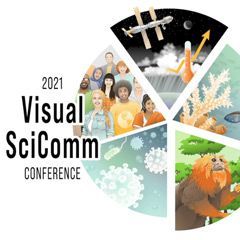
Insights from GNSI’s 2021 Visual SciComm Conference
— Kalliopi Monoyios, GNSI President
Our second online conference is in the books and it was another successful demonstration of visual scicomm excellence, accessibility, and inclusion! Building on last year’s successes, Conference Chair Christie Newman and her team took advantage of the ability of the online format to reach far and wide.
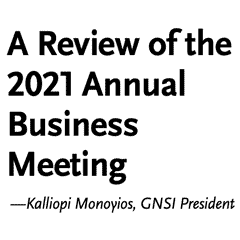
A Review of the 2021 Annual Business Meeting
— Kalliopi Monoyios, GNSI President
Fifty-some people attended the online Annual Business Meeting on August 4th, 2021. Generally, this event is held during the annual conference over lunch and includes presentations by each of the Board members on what’s happened over the past year.
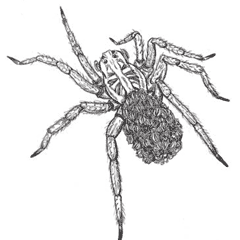
Our Apologies...
Zia Abraham’s lovely illustration of the wolf spider’s life cycle was inadvertently omitted from the CSUMB article in our last issue.

Font Follies
— Gail Guth
Every font in this title will be unsupported by the end of 2023 in ALL new-release Adobe products.
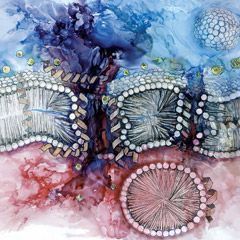
Rendering the Unseeable
— Jane L. Zen, with Dr. Daniela Rivera and Dr. Donald E. Elmore
My art explores the intersection of science and art, ultimately acting as visual supplementation to the lab research I have been conducting in college. As part
of my thesis project, my goal was to elucidate the molecular mechanisms by which antimicrobial peptides and antibiotics interact to create synergy in killing bacteria.
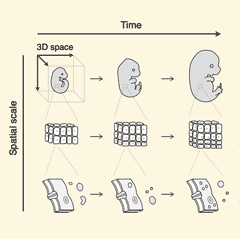
Codifying Composable Graphic Libraries
— Melissa Clarkson, Ph.D., M.Des.
The author describes research into the process of making images understandable to a computer as a system of images that can be combined and repurposed for multiple needs.
Restoration of Extinct Species (Open Access)
— Anthony James Gustafson
Our ancient ancestors told stories of great prehistoric beasts in the form of drawings on the walls of caves. These animals played a significant role in their daily lives, and they clearly felt their stories were worth telling. And whether they realized it or not, the stories themselves would long outlive those who wrote them. So, in effect, they’ve been able to tell those stories to us thousands of years later.
— C. Olivia Carlisle
Edward Lear (1812–1888) is best known for his witty limericks and nonsense verse. But the celebrated author of The Owl and the Pussy-Cat also created some of the most stunning paintings of birds and mammals during an age when many species were just being discovered and brought to private menageries and zoos throughout Europe.
Share this post:
